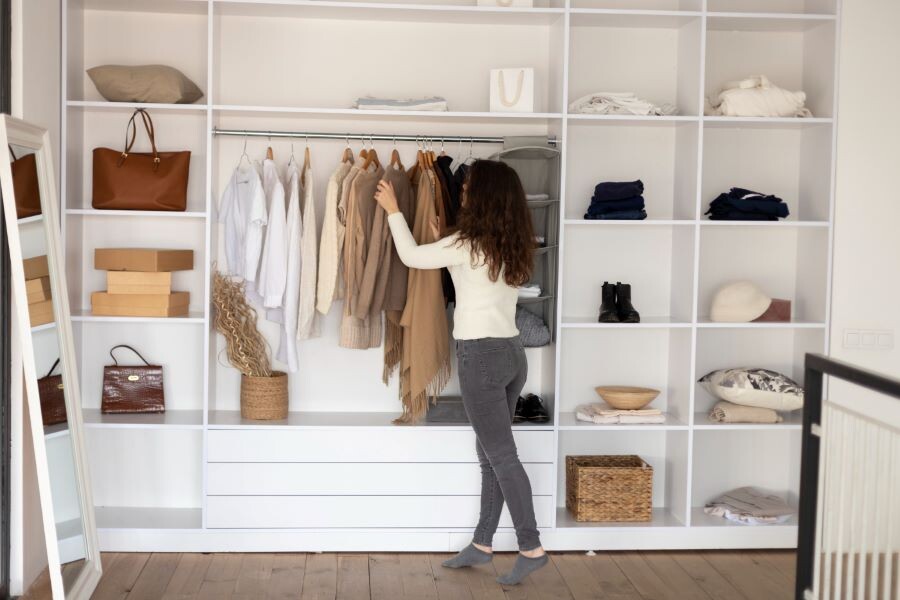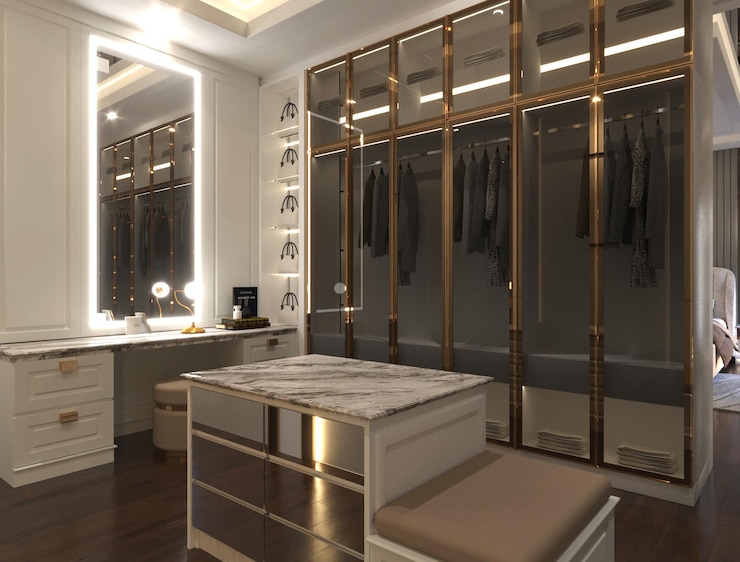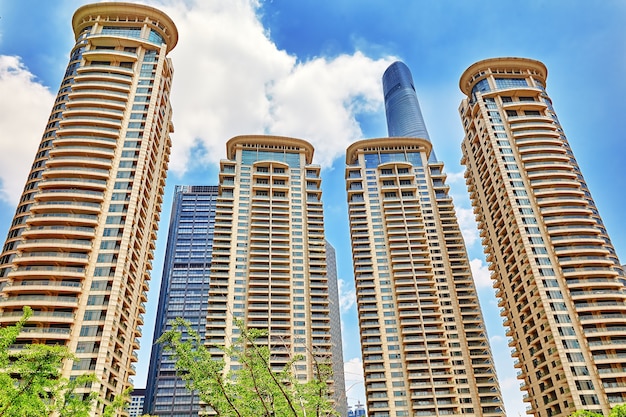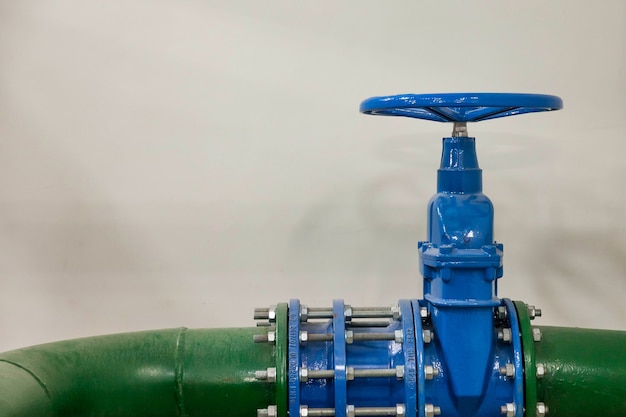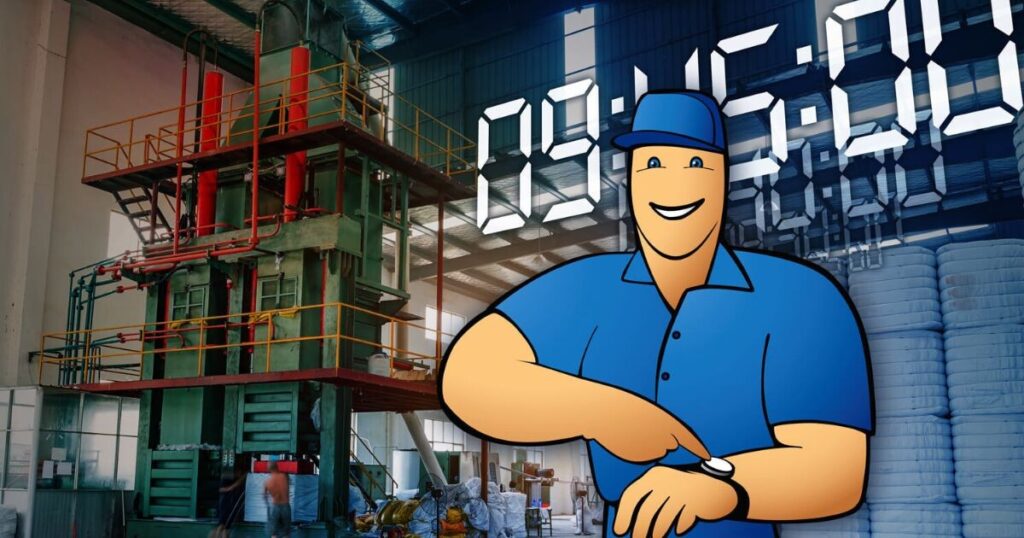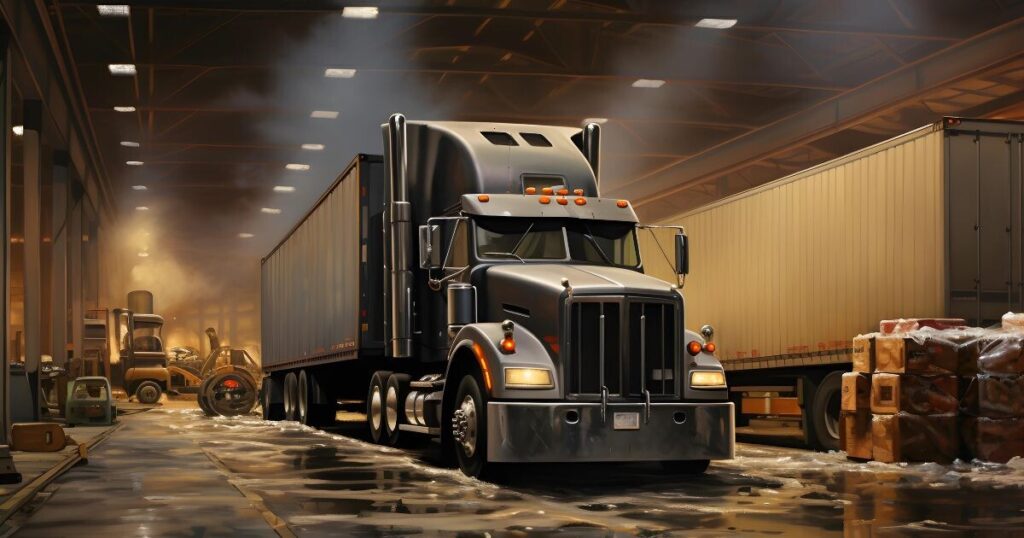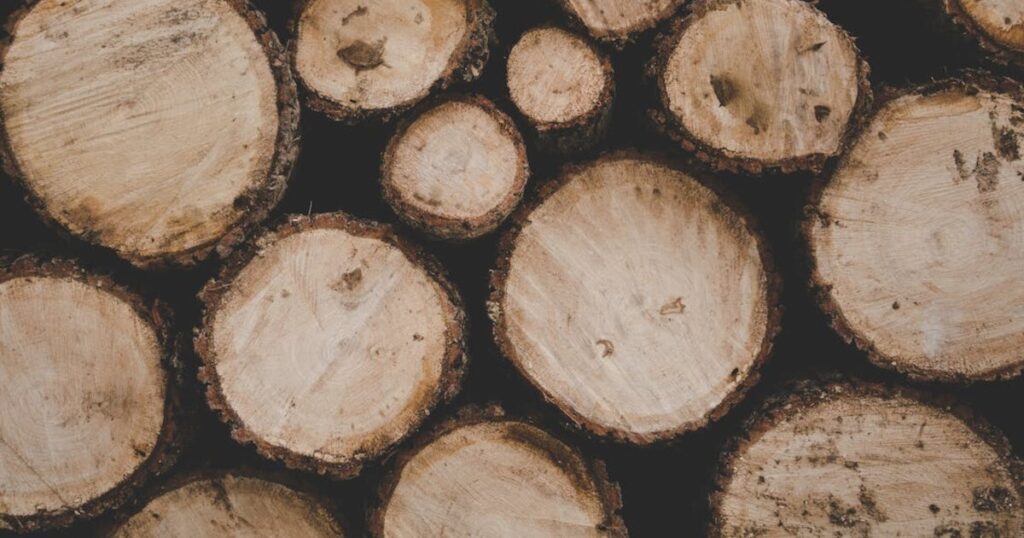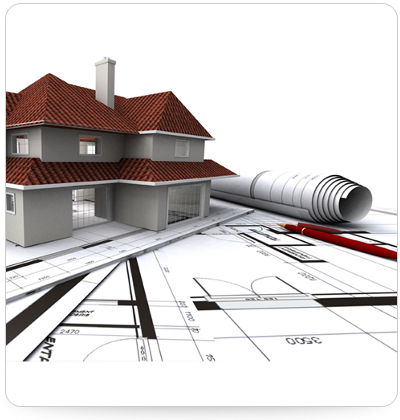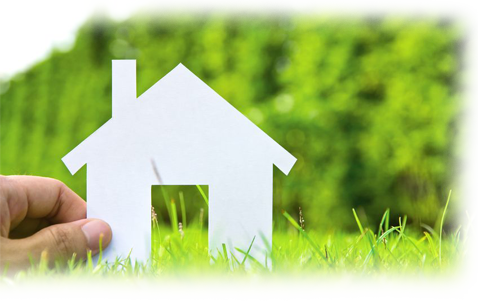Efficiency and durability are often the focus in construction, manufacturing, and transport. However, when it comes to personal spaces and storage solutions, the focus is on preserving and longevity of the stored items.
This is where the interior design and functionality of the wardrobe are crucial, especially in combating the ever-present problem of dampness. For Laudabaltic.lv readers who are used to exploring innovative solutions in different sectors, this article looks at the importance of proper ventilation in bedroom wardrobe interiors.
The importance of ventilation
Ventilation in a bedroom wardrobe is an often-overlooked aspect of home design, but it plays a crucial role in maintaining the quality and longevity of our precious objects. Whether it’s your seasonal clothing collection, treasured keepsakes, or everyday essentials, it’s vital to ensure that these items are stored in a humidity-free environment.
This chapter discusses the essential role of ventilation, highlighting how it serves as the first line of defense against moisture build-up and mold growth. Homeowners and designers can make informed decisions by understanding the mechanisms by which proper airflow can be achieved and maintained.
Why ventilation matters
Maintaining an environment free from mold and moisture is at the heart of every well-designed cloakroom. In damp, poorly ventilated rooms, these unwanted visitors thrive, damaging fabrics, creating unpleasant odors, and posing health risks.
Efficient ventilation is the key to preventing these problems. It also increases the longevity of wardrobe contents and ensures healthier indoor air quality.
Strategies for improved airflow
Several design strategies can significantly improve the airflow in a bedroom wardrobe. One of the most effective solutions is doors with hatches and perforated shelves, which allow air to circulate freely even when the door is closed.
Incorporating breathable fabrics into wardrobe design can also significantly impact moisture management. These materials do not trap moisture, allowing them to evaporate and reducing the risk of mold.
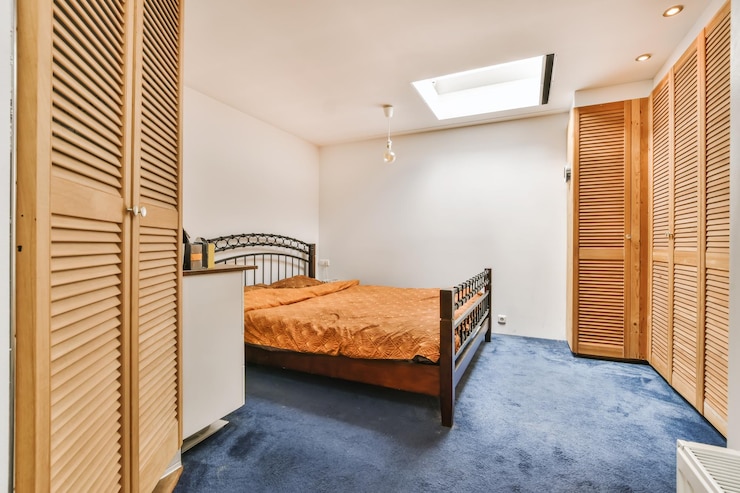
Materials that make a difference
Regarding wardrobes, the fight against dampness and its unwanted consequences – mold and deterioration of stored items – goes far beyond clever design. The materials from which the wardrobe is made play a crucial role in its ability to combat these problems.
This section will look at the importance of choosing suitable materials for your wardrobe construction, focusing on those naturally resistant to moisture. From naturally scented cedar, known for its moisture and insect resistance properties, to advanced composite materials designed for superior durability.
Choosing the right materials
The fight against moisture continues after design. The materials used in wardrobe construction also play an essential role.
Choosing materials that naturally repel moisture or are treated to ensure this can significantly improve a wardrobe’s ability to stay dry. Woods such as cedar are durable and have natural oils that repel insects and resist mold.
Metal parts can be treated with a protective coating to prevent rust and corrosion. This further extends the life of the cabinet.
Innovative solutions
In addition to traditional materials, innovative, moisture-resistant materials are also entering wardrobe design. These include composites and plastics that offer excellent resistance to moisture without compromising aesthetics or functionality.
Homeowners can choose suitable materials to ensure that their wardrobes are stylish and durable. And resistant to problems caused by humidity.

Design innovations – wardrobe design trends
Keeping up with the latest trends, ventilated wardrobes for bedrooms provide functionality and blend seamlessly into the home’s aesthetic. Minimalist lines often characterize modern design, and ventilation is subtly integrated without detracting from the look of the wardrobe.
Customizable solutions are becoming increasingly popular, where customers can choose materials, finishes, and ventilation options that offer a personalized approach to moisture prevention.
Tailoring solutions to lifestyle
The ventilation solutions can also be tailored to individual lifestyles and storage needs. For example, those living in humid climates or those with a collection of sensitive items.
More modern ventilation systems can provide additional protection. These include integrated dehumidifiers or electronic humidity control systems.
A breath of fresh air for readers
For the hard-working readers of laudabaltic.lv, the principles of efficiency, longevity and innovation apply to all aspects of life, including the design of personal storage spaces. Ventilated bedroom wardrobe interiors combine these principles, ensuring that clothes and valuables are stored in a way that prevents moisture build-up and mold.
By considering ventilation at the initial design stage, choosing the right materials and staying up-to-date with the latest trends, homeowners can not only create a functional storage solution, but also demonstrate their commitment to quality and innovation. This approach not only protects valuables but also contributes to a healthier living environment.
You although might like:
- The Future of Water Quality Management
- Ultimate Closet Makeover – Integrating Style and Functionality

Sveiki, esmu celtnieks un esmu par to ļoti lepns, daru savu darbu no sirds, un priecājos par rezultātu. Brīvajā laikā rakstu blogu, spēlēju futbolu, un pavadu laiku ar ģimeni.
Aivars.
